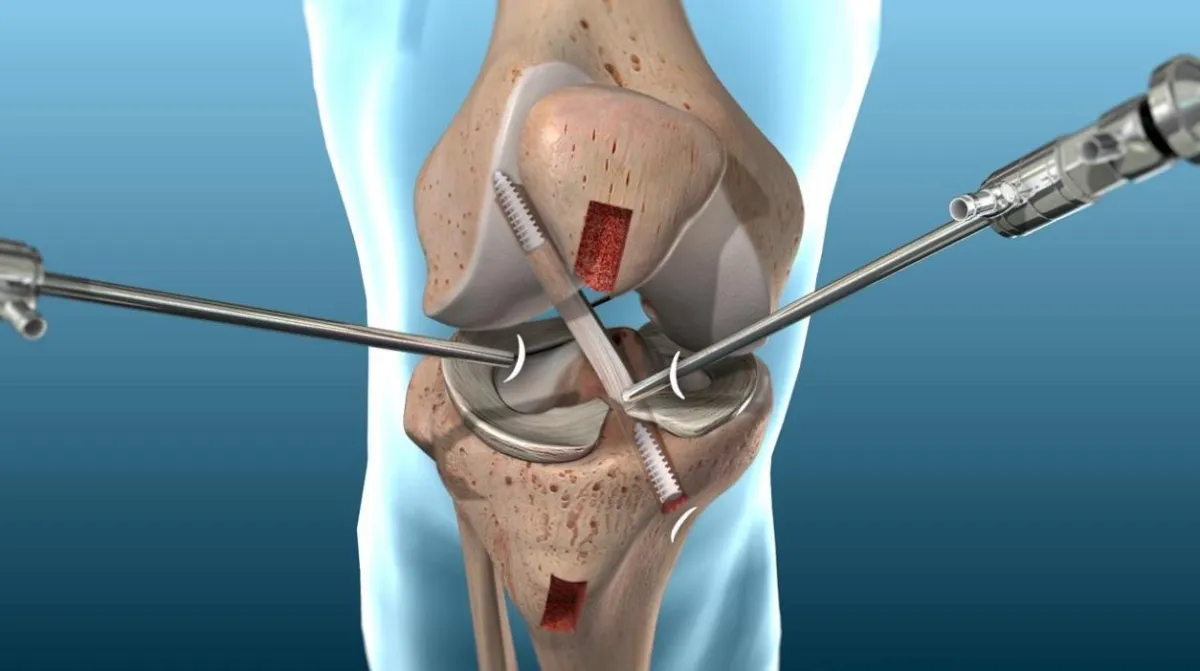Welcome To
Our Blog

ACL Rehab Timeline and Milestones
What to Expect on Surgery Day
On the day of your ACL reconstruction surgery, you can expect a series of steps designed to ensure your safety and comfort. You will likely be asked to arrive at the hospital or surgical center a few hours before the scheduled procedure to allow time for pre-operative preparations. This includes checking in, completing any necessary paperwork, and changing into a surgical gown. You will also meet with the surgical team, including your surgeon, anesthesiologist, and nursing staff, who will review the procedure with you and answer any last-minute questions.
Before the surgery begins, you will be given anesthesia to ensure that you are comfortable and pain-free during the procedure. The type of anesthesia used may vary, but it typically involves general anesthesia, which renders you unconscious, or regional anesthesia, which numbs the lower half of your body while allowing you to remain awake. The choice of anesthesia will depend on various factors, including your medical history, the surgeon's preference, and your own preferences.
Once the anesthesia has taken effect, the surgeon will begin the procedure. ACL reconstruction typically takes about one to two hours, but the exact duration can vary depending on the complexity of the case and the surgical technique used. During the surgery, the damaged ACL is removed and replaced with a graft, which can be obtained from your own body (autograft) or from a donor (allograft). The graft is carefully positioned and secured to the bones using screws or other fixation devices. After the graft is in place, the surgical incisions are closed, and you will be taken to a recovery area to begin the initial stages of post-operative care.
The ACL Reconstruction Procedure Explained
The ACL reconstruction procedure is a meticulous and highly specialised surgery aimed at restoring knee stability and function. After you are anesthetised, the surgeon will make small incisions around the knee to insert an arthroscope, a thin tube with a camera and light attached. This allows the surgeon to view the inside of your knee on a monitor and perform the surgery with precision. The use of arthroscopy minimises tissue damage and reduces recovery time compared to traditional open surgery.
The first step in the procedure is to remove the remnants of the torn ACL. This is done to create space for the new graft and to ensure that there are no loose fragments that could interfere with the healing process. Once the damaged ligament is cleared, the surgeon will prepare the graft. If an autograft is used, it is typically harvested from the patellar tendon, hamstring tendon, or quadriceps tendon. The choice of graft depends on various factors, including the patient's age, activity level, and surgeon's preference. If an allograft is used, it is obtained from a tissue bank and prepared in a sterile environment.
After the graft is prepared, the surgeon will create tunnels in the femur and tibia to anchor the graft. These tunnels are precisely positioned to mimic the natural orientation of the ACL. The graft is then threaded through the tunnels and secured in place using screws, buttons, or other fixation devices. The surgeon will check the tension and alignment of the graft to ensure that it provides adequate stability to the knee. Once the graft is securely in place, the incisions are closed with sutures or staples, and the knee is dressed with bandages and a brace to protect the surgical site.
Immediate Post-Operative Care
Following ACL reconstruction surgery, you will be taken to a recovery area where you will be closely monitored as you wake up from anesthesia. The immediate post-operative care is crucial for ensuring a smooth recovery and minimising the risk of complications. You may experience some pain and discomfort, which is normal after surgery. Your medical team will provide pain medications to help manage these symptoms and keep you comfortable. It is important to communicate any pain or concerns to the nursing staff so that they can adjust your treatment as needed.
In addition to pain management, your recovery team will focus on reducing swelling and promoting circulation in the affected leg. This may involve the use of ice packs, elevation of the leg, and compression bandages. You may also be given blood-thinning medications to prevent blood clots, which can be a risk after surgery. Your surgeon or physical therapist will provide instructions on gentle exercises and movements that you can begin immediately to promote circulation and prevent stiffness. These exercises are typically simple and low-impact, such as ankle pumps and leg lifts.
Before you are discharged from the hospital or surgical center, you will receive detailed instructions on how to care for your knee at home. This includes guidelines on managing pain and swelling, caring for the surgical incisions, and using crutches or a knee brace. You will also be scheduled for follow-up appointments to monitor your progress and remove sutures or staples. It is important to follow these instructions carefully to ensure a successful recovery and avoid complications. Your medical team will be available to answer any questions and provide support as you begin your journey to recovery.
Recovery Timeline and Milestones
The recovery timeline after ACL reconstruction surgery can vary depending on several factors, including the extent of the injury, the type of graft used, and the individual's overall health and commitment to rehabilitation. However, there are general milestones that most patients can expect to achieve during their recovery journey. Understanding these milestones can help you set realistic expectations and stay motivated as you work toward regaining full knee function.
In the first week after surgery, the primary focus is on managing pain and swelling and beginning gentle exercises to promote circulation and prevent stiffness. You will likely be using crutches to keep weight off the affected leg and wearing a knee brace to protect the surgical site. It is important to follow your surgeon's instructions regarding weight-bearing and movement restrictions. Most patients are encouraged to start physical therapy within the first few days after surgery to begin working on range of motion and strength.
In the following weeks and months, physical therapy becomes a central component of the recovery process. The initial focus is on restoring range of motion and gradually increasing strength in the surrounding muscles. As you progress, your physical therapist will introduce more challenging exercises and activities to improve balance, coordination, and functional movement. By the three-month mark, many patients are able to walk without crutches and perform basic daily activities with minimal discomfort. However, full recovery and return to high-impact sports or activities can take six to twelve months or longer, depending on the individual.
Throughout the recovery process, it is important to celebrate your progress and stay patient. Each milestone represents a significant step toward regaining full knee function and returning to your desired level of activity. Regular follow-up appointments with your surgeon and physical therapist will help ensure that you are on track and address any concerns or setbacks that may arise. By staying committed to your rehabilitation plan and following medical advice, you can achieve a successful recovery and return to the activities you love.
In Part 3 we will take you through what a typical rehabilitation looks like.
01

Athlete Performance Program
High Performance Training Throughout Your Entire Season.
02

Sports Physio
Sport Specific Injury Management & Prevention
03

Concussion Clinic
Keeping Your Brain Safe With Up To Revolutionary Concussion Care
Website & Marketing Powered By Gymini


